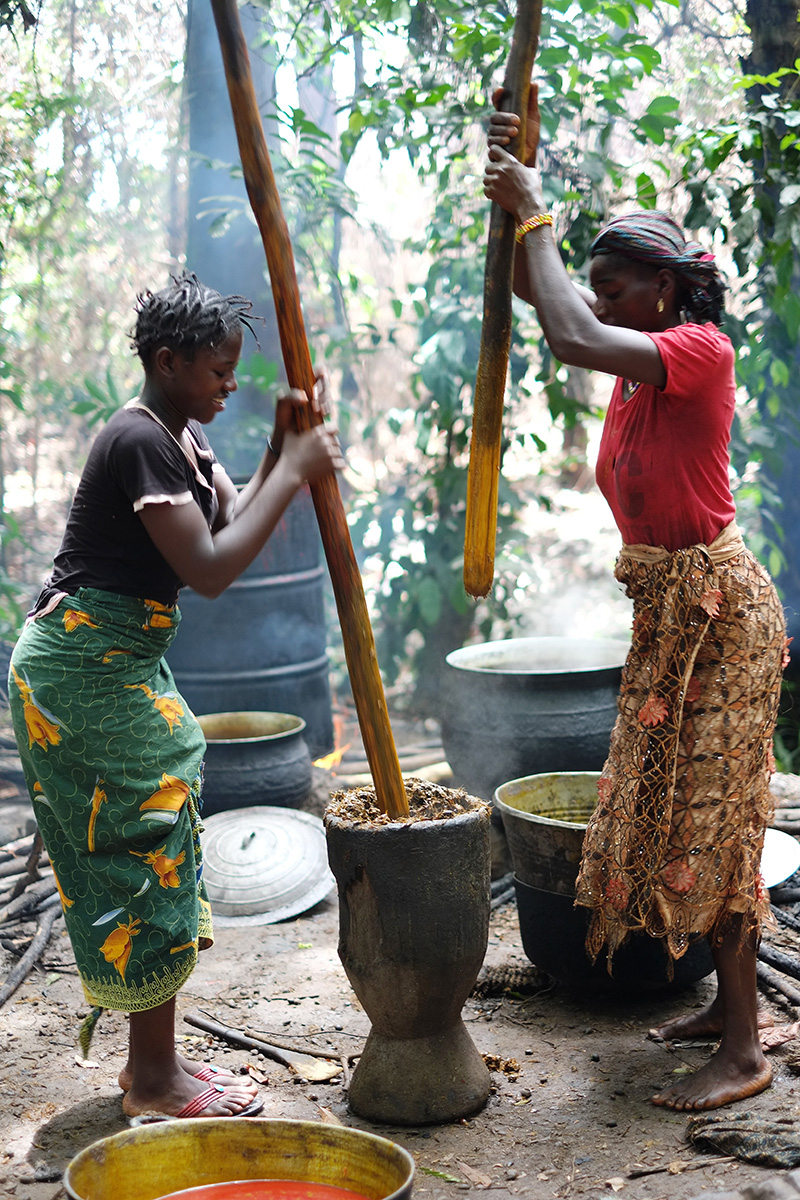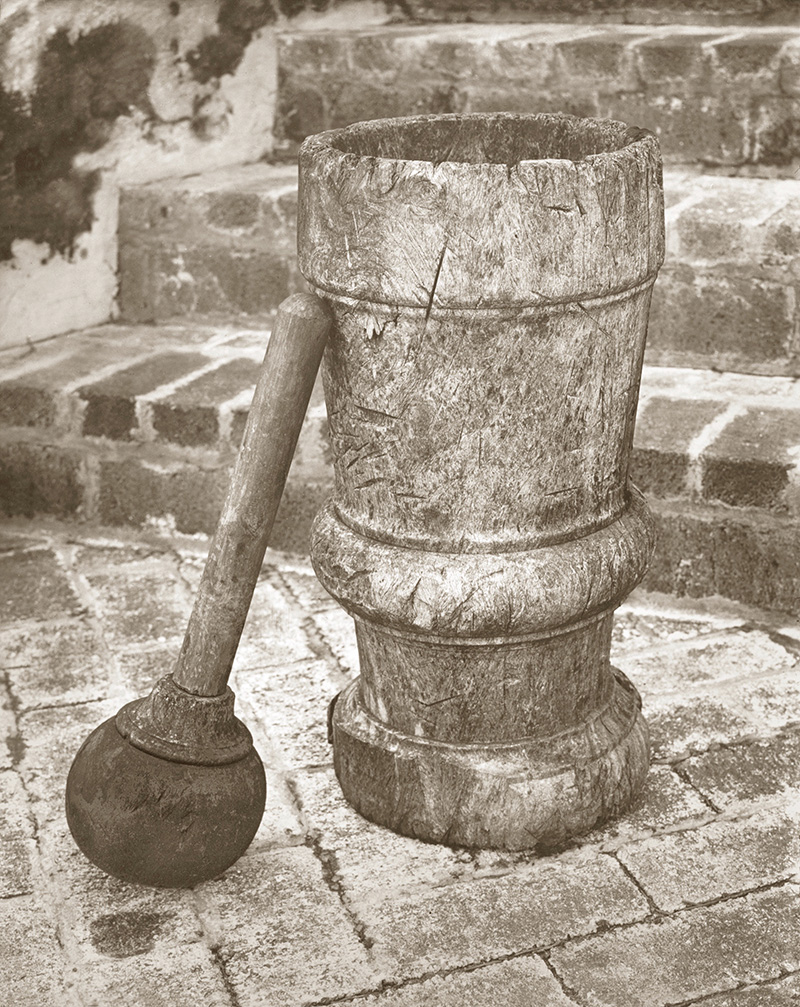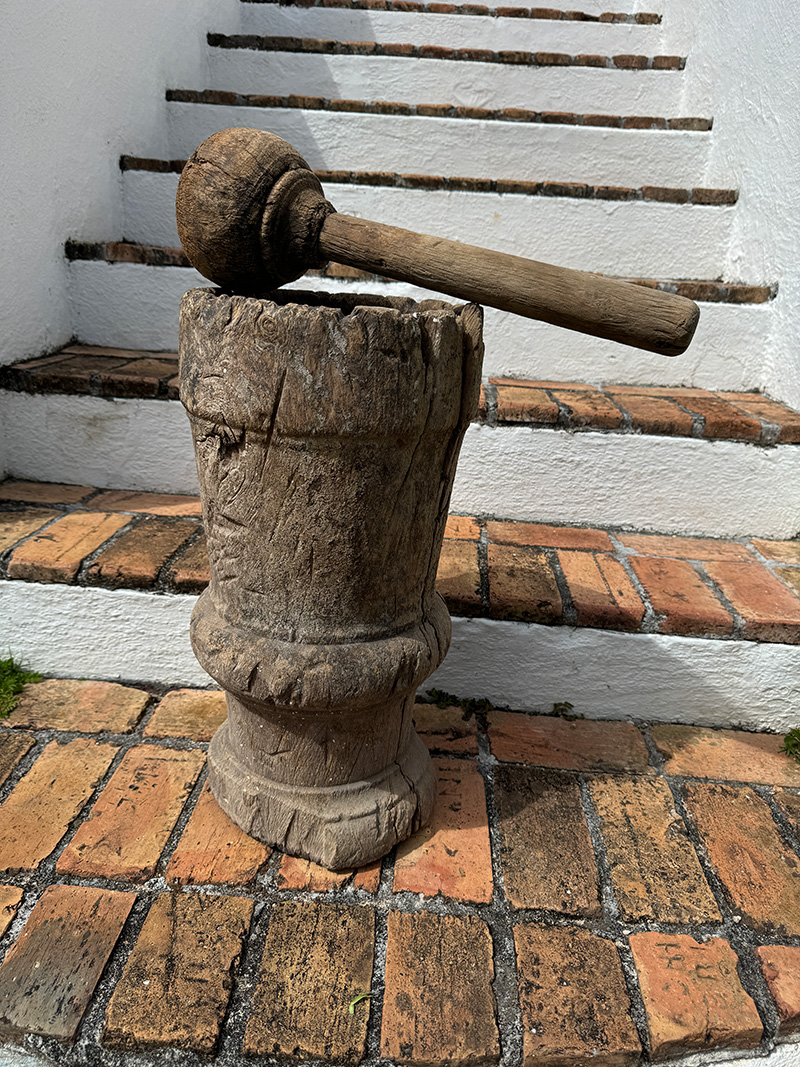Column: Bermuda’s Stone Age Technology
[Opinion column written by Dr Edward Harris ]
The Stone Age generally ended some five thousand years ago with the invention of forging tools in iron. Prior to that, implements were made of stone and probably of timber, although the latter is less obvious in the archaeological record, as it tends to rot. Sadly perhaps, we have never declared a “Timber Age”, but from earliest times wood continues to be a major factor of life on Earth and of the creations made by people.
Imagine, indeed, what Bermudian evolution and culture would have been without Bermuda cedar: no houses, no boats, no branches and leaves to consume all that nasty carbon dioxide we are told is going to kill the planet. Of course, we have had our own Stone Age with that lovely soft Bermuda rock that was shaped into blocks to build our homes, the roofing slates of which were supported by timbers of local cedar.
Now we are in the less attractive Concrete Age, but still some new houses are well within the lovely Bermuda idiom.
Let’s not digress further, as we are here today to look at a remarkable piece of technology in wood, a mortar and pestle set, such tools probably invented before the Stone Age, as timber was easier to work than rock. In 2023, the National Museum published a book entitled John Lyman’s The Old Bermudas, written in part by that Canadian artist, a nephew of Annie [née Lyman], the wife of James Morgan of “Southlands” fame.
Back in 1913–15, during visits to his aunt, John imagined the beginnings of the corruption of the Bermuda vernacular idiom and wrote a book about it, never published until last year. To illustrate his narrative, he brought in Edward Denison Babcock, a photographer from Fifth Avenue in New York, to record selected houses and furniture, all the surviving pictures appeared in Lyman’s belated publication by the Museum, thanks to the initial impetus for the project by that outstanding friend of Bermuda, Professor Duncan McDowall, also of Canada.
West Africa Guinean women “stamping into a large mortar” of timber [photo by Uzabiaga].
A singular picture in the Lyman book of technological interest is that of a wooden mortar and pestle, perhaps the earliest implement in the toolbox of a Stone Age cookhouse. If that is so, those companion tools are among the longest serving instruments in human history, as they remain in constant use in the kitchens and workshops of present times for the pounding and grinding of various materials into useable powders, medicinal, culinary or otherwise. As one colleague pronounced when the Lyman picture appeared on the wire from Canada, “What a wonderful object, an exemplary artifact, a pity it is probably lost”, as Lyman gave no provenience for the implement.
The pestle and mortar as photographed by Babcock/Lyman in 1915 on a brick pavement.
Enter our compatriot in historical matters of quarrying and stonework, Lawrence [“Larry”] Mills, who volunteers at the Carter House Museum in St. David’s and built the replica of a first-generation Bermuda home at that institution. With his keen eye for detail, Larry recently emailed a picture of an artefact in Carter House, with the caption: “Is this the Lyman mortar?”
Upon examination, the scarification on the mortar, the damage to its base and the shape of the pestle confirmed its identification as the object photographed in 1915: what a delightful discovery after a century!
In a little drawing, Lyman describes the implement as a “Cedar mortar & pestle for grinding cassava”, but the only part of the set that appears to be Bermuda cedar [Juniperus bermudiana] is the handle of the pestle. The pestle and the mortar to the contrary look to be lignum vitae, from an extraordinary tree indigenous to the north coast of South America and parts of the Caribbean, the timber of which was exported to Europe and elsewhere from the early 1500s. That wood has seen “widespread historical usage in mortars and pestles” and the USS Constitution [“Old Ironsides”] had belaying pins and rigging deadeyes fashioned from that dense wood.
The brig, St. Helena [out of Kingston, Jamaica], which wrecked at Bermuda in May 1819, is the most likely candidate for what is known locally as the “Lignum Vitae Wreck”, as its main cargo was logs of that timber, which is so heavy that it sinks in water. An article, several decades old, entitled “Logs keep the iron in Ironsides” suggested that lignum vitae for the historic ship’s conservation repairs in Boston came from a wreck in Bermuda.
This is not to say that the Carter House items were made out of a log from the St. Helena, but to mention that lignum vitae was likely available commercially in Bermuda, whether generally or obtained from that wreck.
The ”Lyman” mortar and pestle at the Carter House Museum in early 2024.
Back to the landlubber’s activity of grinding cassava, referring to a poisonous food plant, also indigenous to South America and native to the culinary habits of Bermudians, especially at Christmas. Grinding and other preparation methods helps to remove the cyanide content of the plant, which, after maize and rice, is one of the largest carbohydrate food sources in the world.
Otherwise known as manioc, it also produced a starch, tapioca, a favourite dessert in these parts, especially, as I recall from early Paget days, the large “pearl” variety. The mortar and pestle could also have been used to grind corn into flour for the local treat of “Johnny Bread”, inedible without a big dose of molasses, another Caribbean extract.
It is likely that most Bermuda homes had such a larger mortar and pestle, but also would have had smaller ones in stone or iron for the crushing of peppers, herbs and medicinal plants. One wonders from which home, possibly in the lower parishes in the far east, this culinary set came from, as the records are incomplete. John Lyman, while supplying much provenience data for other house furniture, sadly did not note where he found the mortar and pestle, but others later recognized its cultural significance, which is why it is now in a permanent home at the Carter House Museum on St. David’s Island.
This image of a mortar and [?double-ended] pestle is an example of the agricultural techniques brought to the English colonies by enslaved West African women, possibly used in rice cultivation in South Carolina [Smithsonian National Museum of African American History and Culture].
At this late remove, it is questionable if anyone can tell us who owned the mortar and pestle in 1915, when Babcock or Lyman photographed it in front of a set of bricked stairs. Perhaps someone might recognize the setting, as the staircase ends in a pathway of bricks laid diagonally to those of the actual stairs. That may be an unusual architectural arrangement and so might be found today, if the staircase yet exists.
Larry Mills and I await your discovery of the original home of that set of Stone Age technology in Bermuda.
- Dr Edward Harris






I have to admit that I clicked on the title because I thought the story was referring to our Government IT systems. Surprise, surprise!